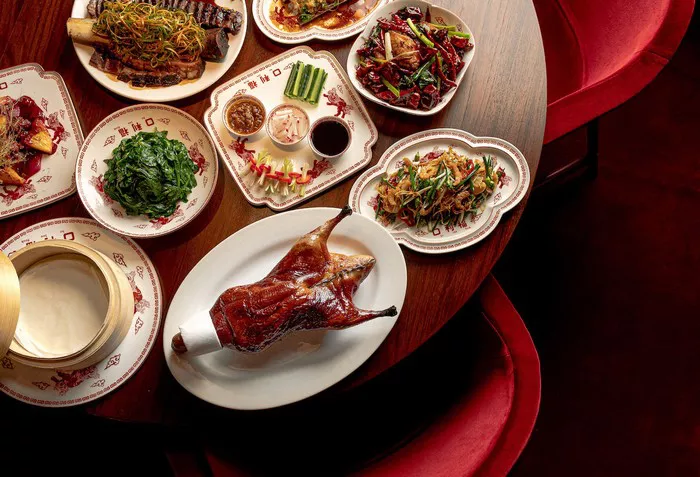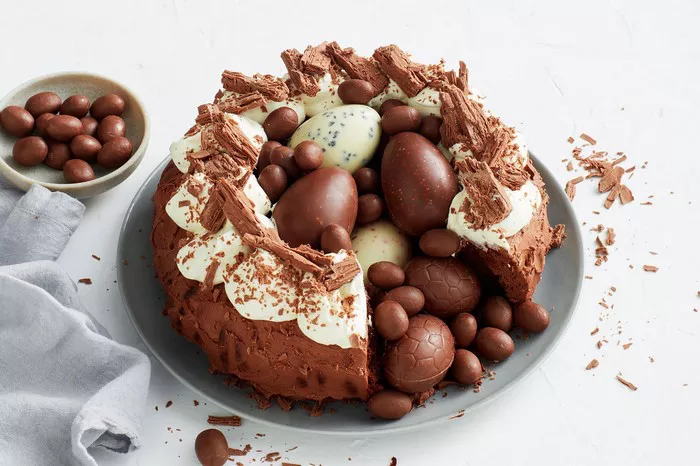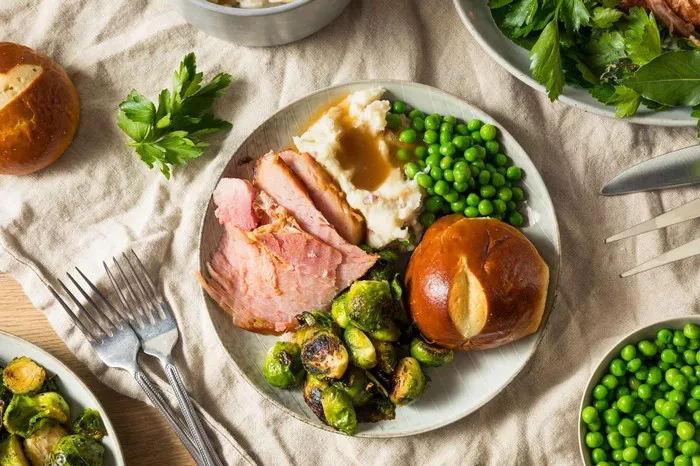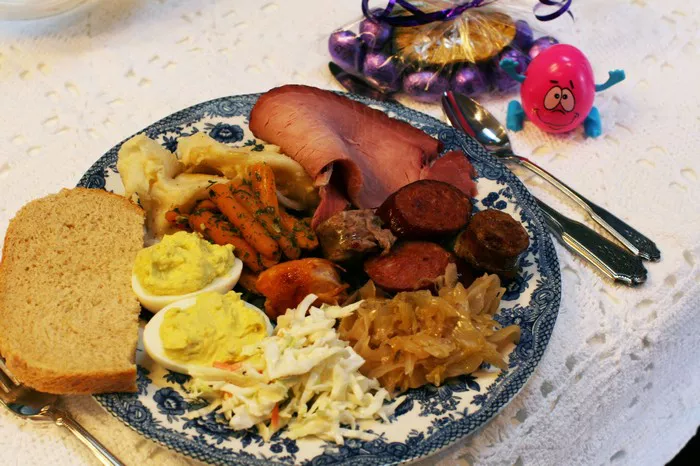Chinese cuisine is renowned for its diverse range of flavors, techniques, and dishes that have captured the hearts and taste buds of people worldwide. Among these culinary delights, roast duck stands out as a succulent and flavorful masterpiece that exemplifies the rich tapestry of Chinese cooking. In this article, we delve into the fascinating world of Chinese-style roast duck, exploring its history, preparation methods, and cultural significance.
The History of Chinese Roast Duck
Roast duck, known as “Peking Duck” in China, boasts a history that spans several centuries. Its origins can be traced back to the imperial kitchens of the Yuan Dynasty (1271-1368), where it was initially prepared as a royal dish. Over time, the culinary artistry of roast duck spread beyond the palace walls, becoming a beloved delicacy enjoyed by people from all walks of life.
The dish gained significant popularity during the Ming Dynasty (1368-1644) when it became a staple on the menu of Beijing’s eateries. The name “Peking Duck” emerged during this era, with “Peking” being an older spelling of “Beijing,” the capital city where the dish flourished.
Preparation: A Meticulous Dance of Techniques
At the heart of Chinese-style roast duck is a meticulous and time-honored preparation process that elevates this dish to a level of culinary excellence. The process involves several key steps, each contributing to the dish’s signature crispy skin, tender meat, and irresistible flavor.
1. Selecting the Duck: The journey begins with selecting the right duck. While Peking Duck traditionally uses a specific breed called the Pekin duck, other breeds can also be used. The duck’s size, quality, and age play essential roles in determining the final outcome.
2. Air Drying: One of the distinctive aspects of Chinese-style roast duck is the air-drying process. After the duck is cleaned and marinated with a mixture of spices, it is hung in a cool, well-ventilated area for several hours or even overnight. This step allows the skin to dry, which is crucial for achieving the coveted crispy texture.
3. Two-Stage Roasting: Roasting is the heart of the preparation process. The duck is roasted in two stages: first at a lower temperature to render out excess fat and then at a higher temperature to crisp up the skin. The duck is typically hung in a special oven designed for even heat distribution.
4. Basting and Glazing: During the second stage of roasting, the duck is frequently basted with a glaze made from a mixture of ingredients like maltose, honey, soy sauce, and sometimes other secret seasonings. This step adds a glossy finish and imparts a sweet, savory flavor to the skin.
5. Carving with Precision: Carving a roast duck is an art in itself. The chef’s skill comes into play as they expertly separate the crispy skin from the tender meat. The skin is often served first, wrapped in delicate pancakes along with traditional accompaniments like scallions, cucumber, and hoisin sauce. The meat is then served in various dishes, showcasing its succulent tenderness.
Cultural Significance: More than a Culinary Delight
Chinese-style roast duck goes beyond its gastronomic appeal and carries cultural significance that resonates deeply with both locals and visitors. Throughout history, it has symbolized luxury, celebration, and hospitality.
1. Symbol of Prosperity: In Chinese culture, ducks are associated with good luck and prosperity. The rich, succulent nature of roast duck has made it a symbol of abundance and fortune, often featured in celebratory feasts during important occasions such as weddings and New Year’s festivities.
2. Icon of Beijing: Roast duck has become an iconic culinary emblem of Beijing, representing the city’s vibrant culinary scene and rich history. Many visitors to Beijing make it a point to savor this dish as a way to connect with the city’s heritage.
3. Cultural Exchange: Chinese-style roast duck has also made its mark on the global culinary landscape. As Chinese cuisine has gained international recognition, so has the popularity of Peking Duck. Restaurants serving authentic Chinese roast duck can be found in many major cities around the world, contributing to the global appreciation of this delectable dish.
4. Culinary Craftsmanship: Preparing roast duck requires a high level of culinary skill and precision. Chefs who specialize in this dish undergo rigorous training to master the art of achieving the perfect balance between crispy skin and succulent meat. Their craftsmanship and dedication to the traditional techniques make every serving of roast duck a testament to their expertise.
The Evolution of a Classic: Modern Variations
While traditional Chinese-style roast duck remains an irreplaceable classic, modern variations have emerged to cater to evolving tastes and preferences. Some chefs experiment with different glazes, seasonings, and cooking methods, infusing new dimensions of flavor into the dish. Additionally, roast duck has found its way into fusion cuisine, where it’s incorporated into tacos, wraps, and other creative presentations.
Conclusion
Chinese-style roast duck is not merely a dish; it’s a symphony of flavor, culture, and culinary craftsmanship. From its royal origins to its global popularity, this dish encapsulates the essence of Chinese cuisine’s rich history and its ability to bring people together through the shared enjoyment of exceptional food. Whether enjoyed in the bustling streets of Beijing or at a fine dining establishment abroad, each bite of roast duck is a tribute to the timeless traditions and innovations that define Chinese culinary artistry.



























